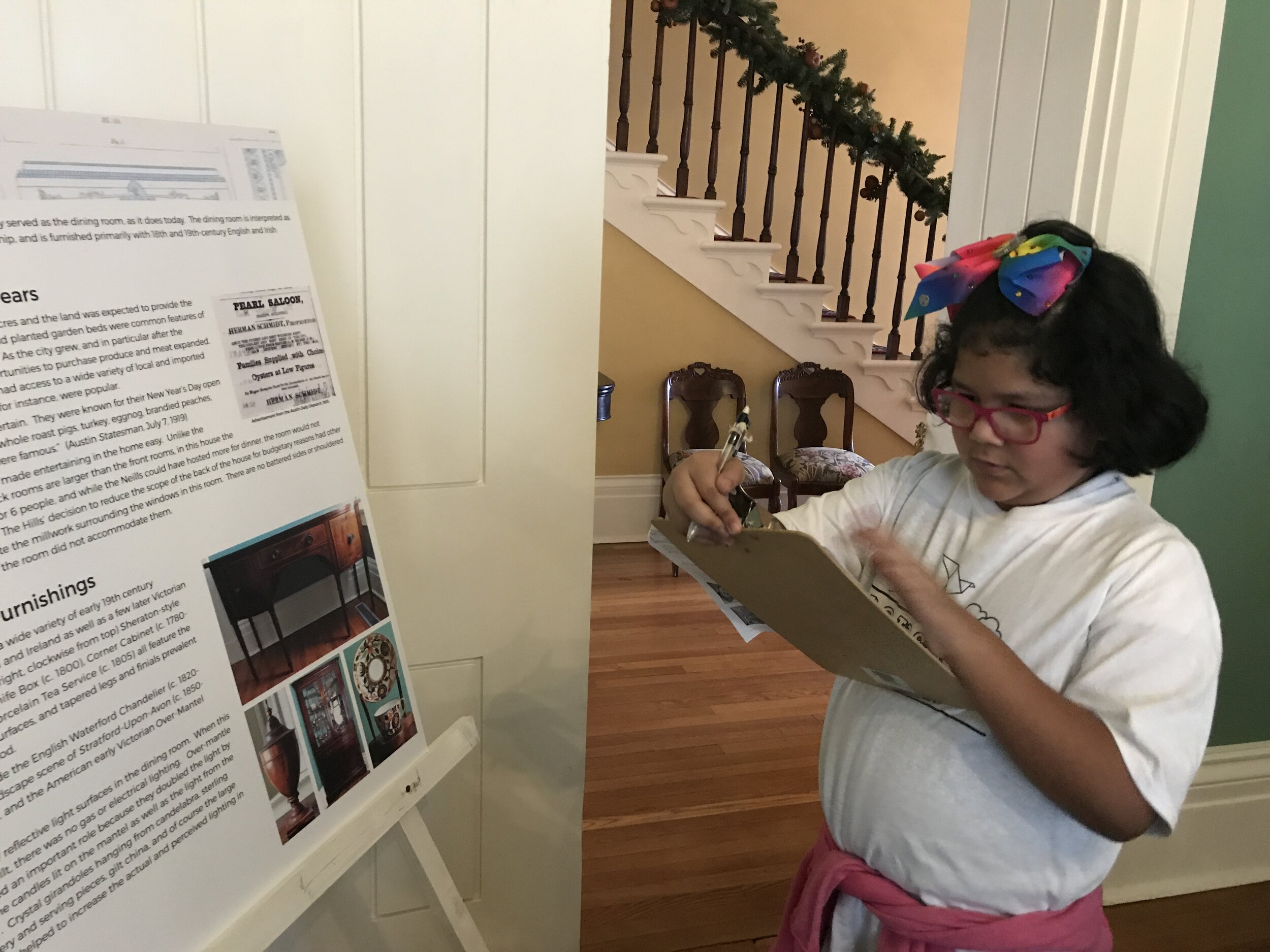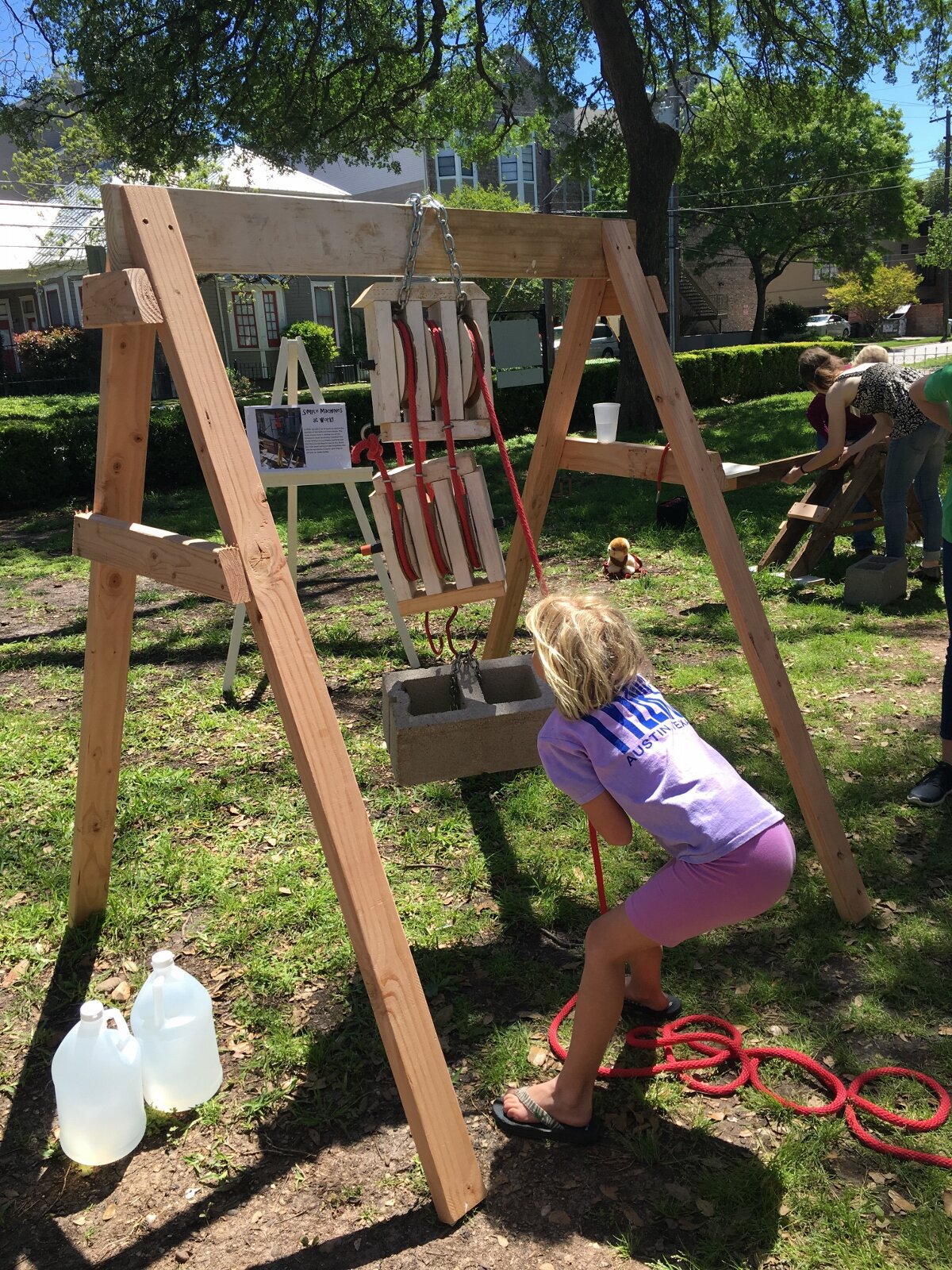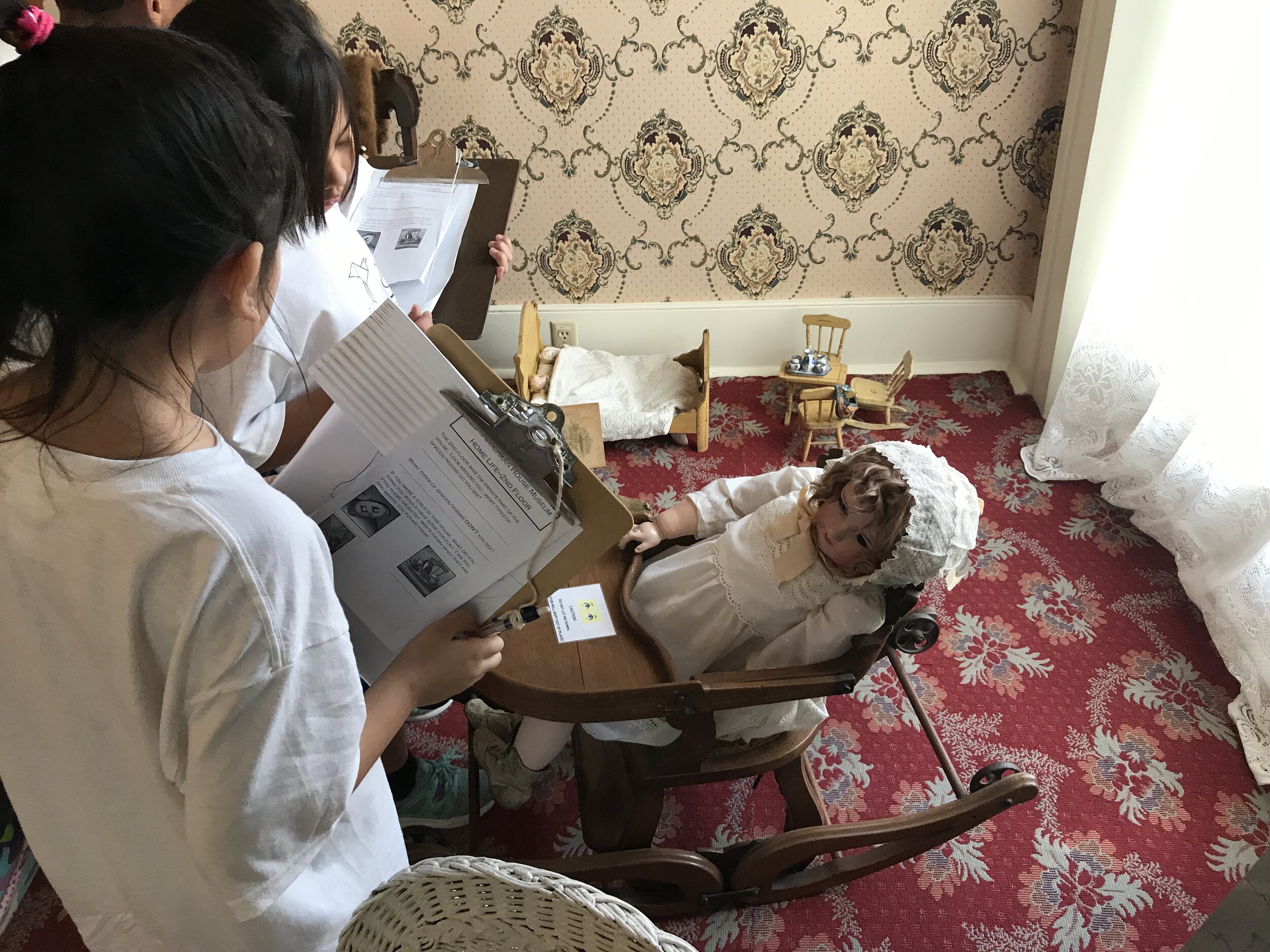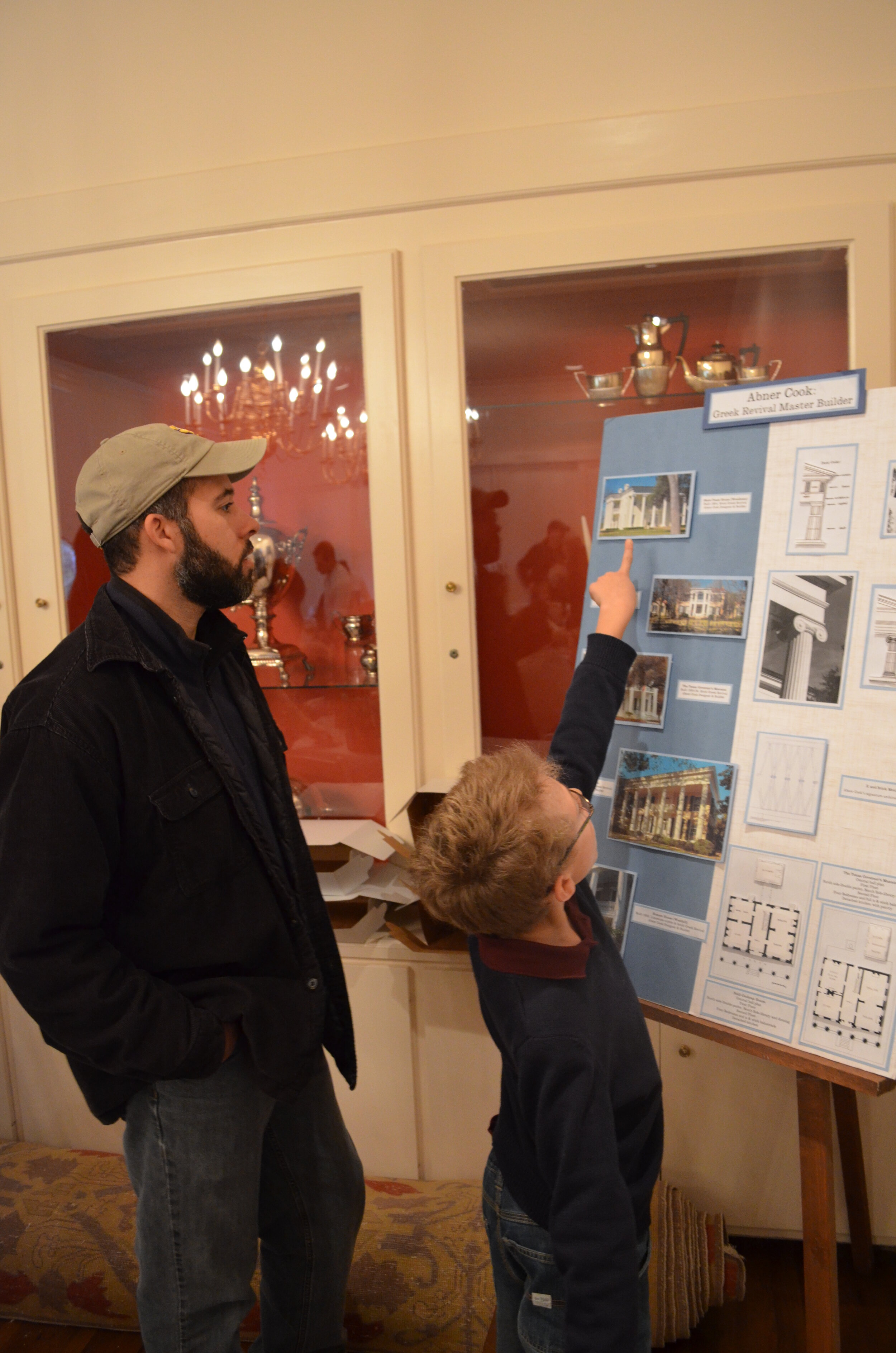Reaching Students with Online Curriculum






Why does place matter? Clearly, as the executive director of a historic site, I think place matters. But why? Can’t we learn about history from books? Old photographs? Maps? Oral histories and letters?
There is something fundamentally different…visceral…about setting foot in places people walked before us. We are creatures who live and experience in three dimensions. The Renaissance was exactly that – a renaissance, a rebirth – in large part for the role the arts played in breathing new life into our visual world with the reintroduction of linear perspective. And perspective is the ability to experience the world around us in three dimensions. That is what historic sites provide, a tactility that brings the pages of a history book to life and which helps us to ground ourselves in the experiences of people who lived long before us. In the process, we gain new understanding of who we are in the present moment.
COVID-19 has disrupted our ability to spend time in historic places…or any place for that matter. Over the past few months the Neill-Cochran House Museum, like so many other cultural institutions, has worked hard to create and share digital content to simulate the experience of spending time physically on our site. And this week, we are debuting a suite of online curriculum options for teachers and students and for homeschool families that provide virtual access to our historic site and ways to engage with us online.
I have mixed feelings about all of this digital content. I, for one, am weary of digital offerings. I don’t really want to experience another site through video or see another exhibition on a computer screen. I want to be with the art, put my feet on the ground of the site – I’m itching to get back out into our cultural spaces and experience them with all of my senses. And the fact is, we are open! With all of our distancing and sanitary processes in place, we truly believe we are a safe site to visit despite COVID-19.
However, there are definite upsides to going digital. The Neill-Cochran House Museum has struggled over the past few years to bring in school tours. Schools take fewer and fewer field trips, so getting into a school’s curriculum and onto their annual schedule is a challenge. And this year, even fewer schools (if any) will take field trips. By providing access to our site digitally, we can expose students to the miracle that is historic preservation in Austin without requiring the complex dance of school buses and the loss of in-school instruction.
Just over a year ago, I had a chance to hear Colleen Dilenschneider speak about how best to market historic sites. She said that the American public can be segmented into 4 different groups: those who are passionate about historic sites, those who are interested in historic sites, those who are uninterested in historic sites, and those who wouldn’t even understand why we would ask such a question. The first two categories make up about 40% of the population, and her point was that we should focus our marketing on those people, because the other 60% aren’t coming and never will. While I understood her point, I walked away thinking about something else – how did we lose the 60%?
In the same way that no one is born a racist – that is learned behavior – no one is born with an apathy for history. My job – all of our jobs at historic sites – is to engage kids, so that they become the next generation of preservationists and heritage tourists. But how to we get to them?
Well, that’s where the digital content comes in. Much as I would love to see schools on site, they can engage with us in really deep and meaningful ways through our online curriculum. We have videos that provide overviews and then worksheets appropriate for different grade levels to give students the experience of looking closely and stepping into the shoes of the people who lived and worked in our buildings from 1856 to 1958. And for all who do engage, we will provide vouchers so that students can bring their entire family out to the Museum for free, and introduce their siblings and parents to our site, armed with the knowledge they already have gained.
With everything we do at the Neill-Cochran House Museum, we ask ourselves: what can we share that is unique to our site and will provide meaning that you can best gain here? We are the last public site in Austin where you can walk in the places that enslaved Austinites lived and worked, and where dozens over a hundred year period made the best they could of the opportunities and challenges that presented themselves. Our site has seen the impact of three wars, one of which practically destroyed it; the Great Depression; Austin’s rise as a commercial power in the 1870s, and then again from the 1970s; was witness to the birth and growth of Wheatville, one of Austin’s 13 freedman communities, and then its demise in the wake of Austin’s segregationist politics; and, of course, the establishment of the University of Texas. The human stories that we share, and that visitors can embody for themselves by visiting us, are the reasons we remain essential to our city’s present and future.
So, in these strange times, we are excited to engage with students - whether they be in a traditional school setting or homeschooled - online. And then, we look forward to welcoming them when they step with their own feet into our onto our site and into our slice of Austin’s history.
